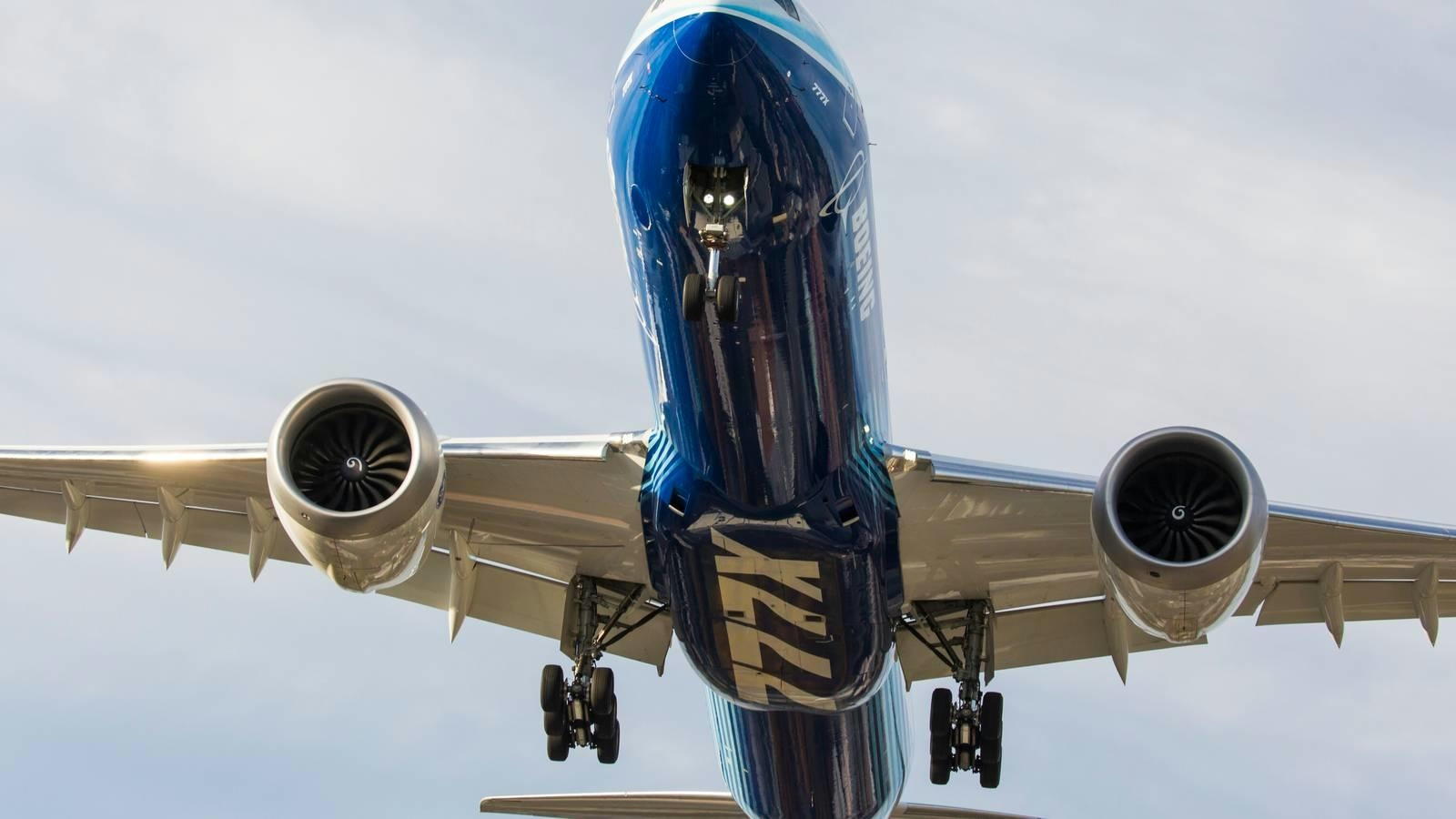
AeroGenie — ваш интеллектуальный второй пилот.
В тренде
Categories
A Century of Aviation Innovation and Connecticut’s Future
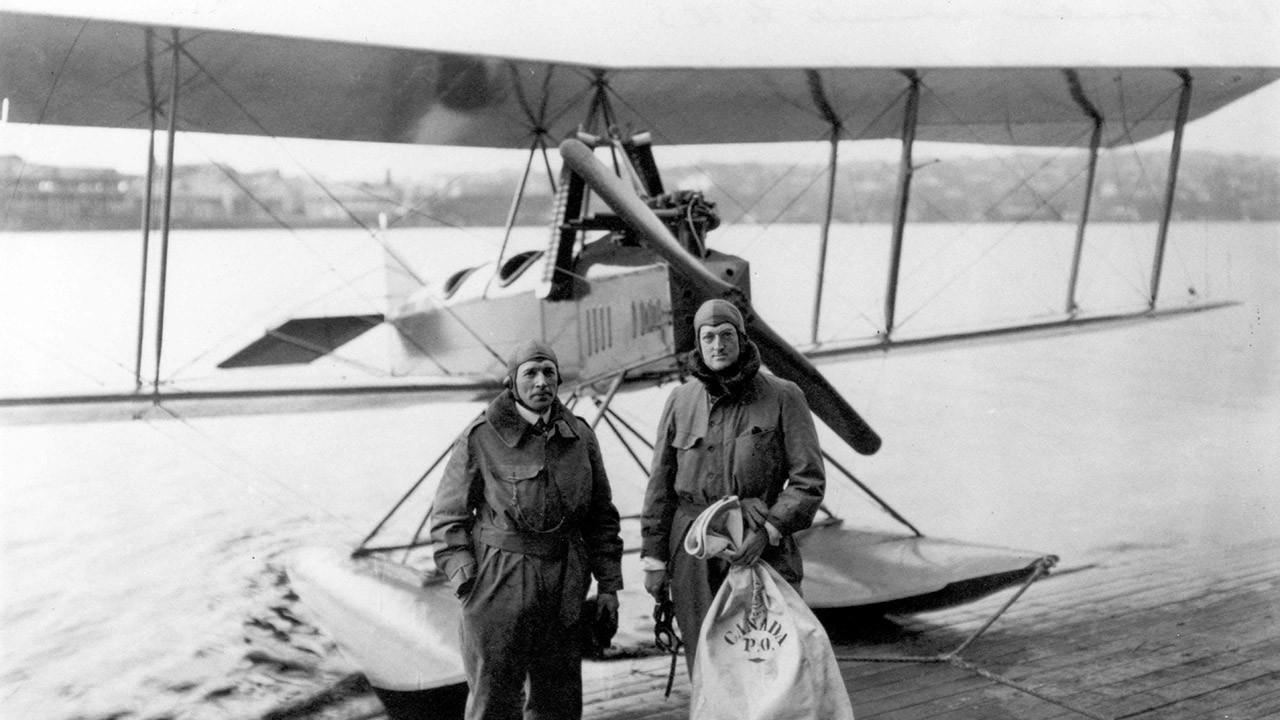
A Century of Aviation Innovation and Connecticut’s Future
A Legacy Rooted in Innovation
In 1925, engineer Frederick Rentschler established Pratt & Whitney in Hartford, Connecticut, with a transformative vision to advance aviation through reliable propulsion systems. His development of the air-cooled radial engine, the R-1340 Wasp, set new benchmarks for performance and dependability. This innovation laid the foundation for a century-long legacy of technological excellence and safety, firmly establishing Connecticut as a pivotal hub in the aerospace industry.
Over the ensuing decades, Pratt & Whitney’s workforce has designed and produced engines that have powered more than 500 aircraft models. The company’s contributions have been instrumental in key moments of aviation history, from enabling the first major commercial air travel in the 1930s to supplying over half of the horsepower for Allied aircraft during World War II. Pratt & Whitney also played a critical role in ushering in the jet age in the late 1950s. Today, its engines power advanced military aircraft such as the F-35, featuring the F135 engine, as well as fuel-efficient commercial planes equipped with the Geared Turbofan (GTF) engine. These engines are manufactured primarily in Middletown, with essential components produced in East Hartford and by suppliers throughout Connecticut.
Global Reach and Local Commitment
Pratt & Whitney’s influence extends well beyond Connecticut, with more than 40 major sites worldwide, including locations in Canada, Poland, and Singapore. These facilities contribute to the design, manufacturing, and support of current and future engine programs. From its origins in a single Hartford facility, the company has grown into a global propulsion leader employing approximately 45,000 people and maintaining over 90,000 engines in service. Despite this expansion, Connecticut remains the company’s home base, underscored by ongoing investments in local infrastructure, workforce development, and community engagement.
Looking Forward: Innovation Amidst Challenges
As Pratt & Whitney approaches its next century, it continues to drive advancements in aerospace technology with Connecticut’s industrial base at the forefront. The recently FAA-certified GTF Advantage engine, designed for the Airbus A320neo, is slated for delivery, while the company advances the F135 Engine Core Upgrade to maintain the F-35’s operational edge against emerging threats. In collaboration with its parent company RTX, Pratt & Whitney is also pioneering hybrid-electric propulsion technologies, aiming to secure a leading role in the next generation of aerospace platforms.
Nevertheless, Connecticut’s aviation sector faces significant challenges amid a rapidly evolving global landscape. Competitors such as Bombardier are establishing new innovation centers, and companies like AeroVironment are reporting strong financial results, potentially altering market dynamics. Investor sentiment remains mixed, with some encouraged by industrial strategy reforms in the United Kingdom, while others, including Swiss Airlines, confront operational difficulties as they prepare for peak travel seasons. Successfully navigating these complexities will demand sustained innovation and adaptability from Connecticut’s aerospace industry.
As Pratt & Whitney commemorates a century of achievement, its dedication to Connecticut and the advancement of aviation remains unwavering. The company’s enduring legacy of innovation, combined with strategic investments and a skilled workforce, positions both Pratt & Whitney and Connecticut to continue leading the global aerospace industry in the years ahead.

Vietjet Places Order for 100 Airbus A321neo Aircraft

Joby Aviation Shares Rise 5.6% Following AI Partnership with NVIDIA
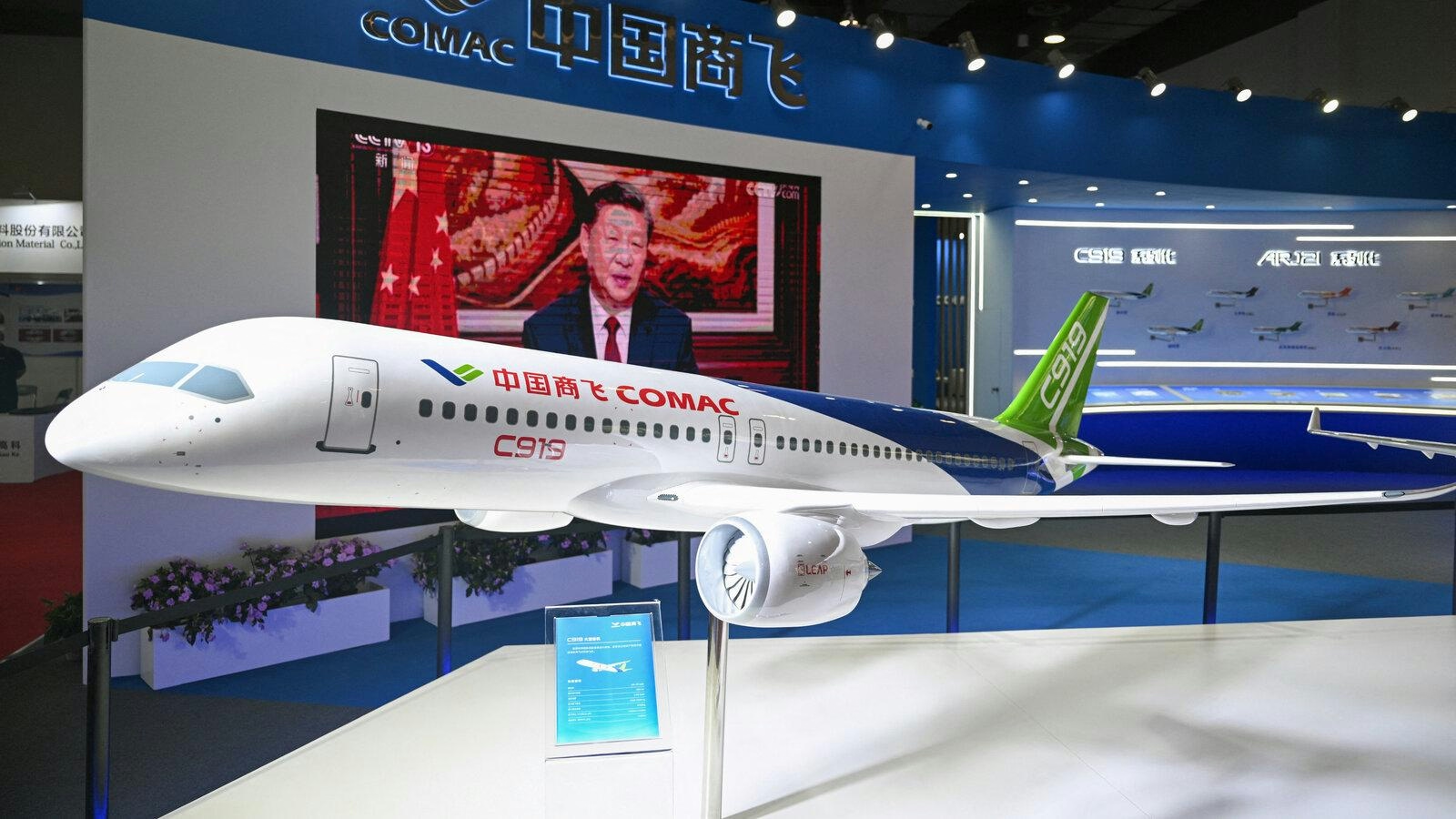
Malaysia Aviation Group Weighs COMAC C919 Amid Delivery Delays

Miami to Host AeroSummit 2026, Highlighting Aviation Innovation
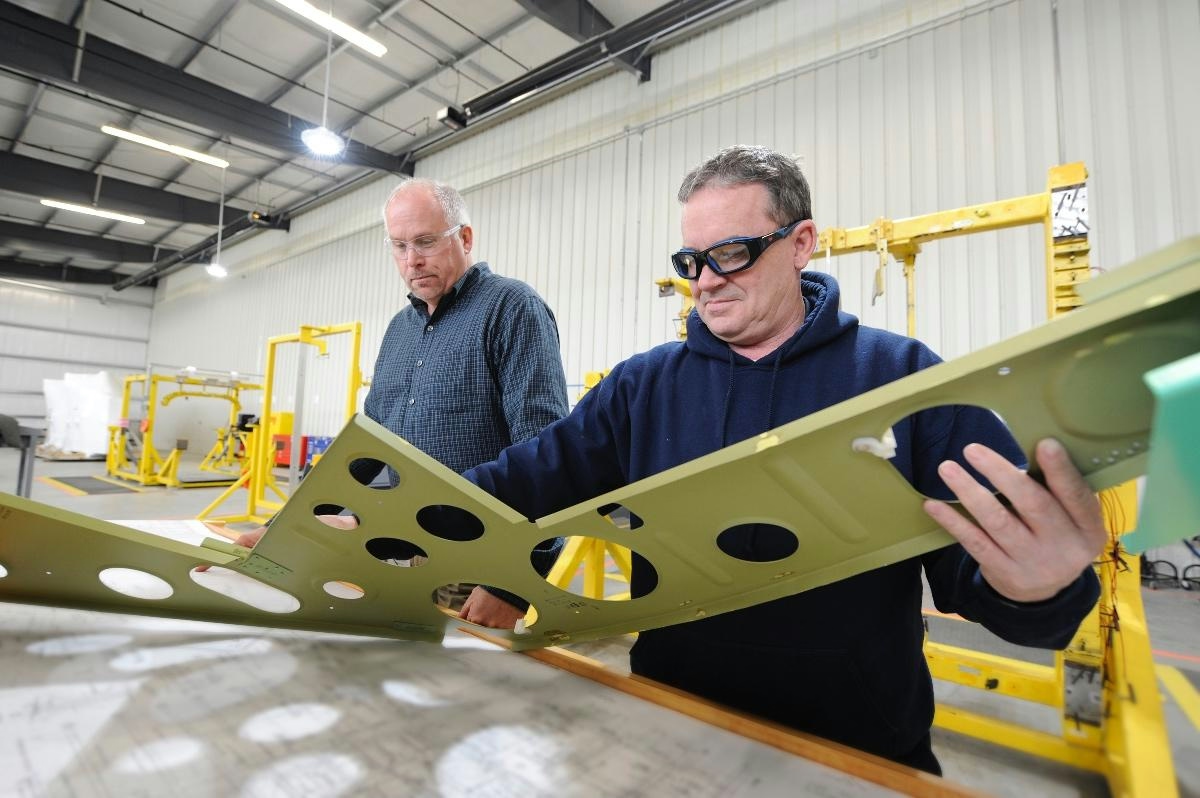
Aloft AeroArchitects Seeks Collaboration with Aviation Industry
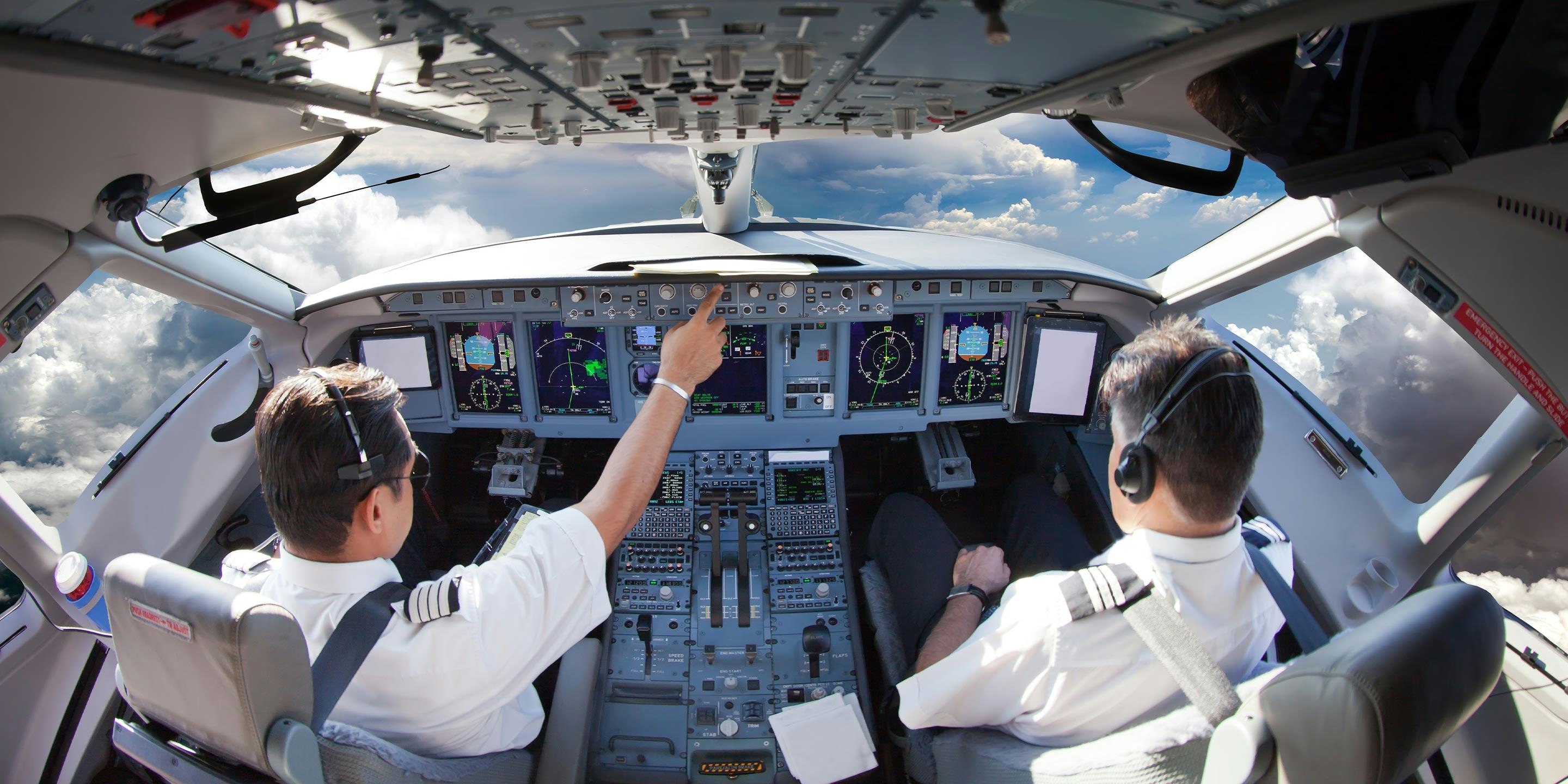
Honeywell Introduces Software to Combat GPS Jamming and Spoofing
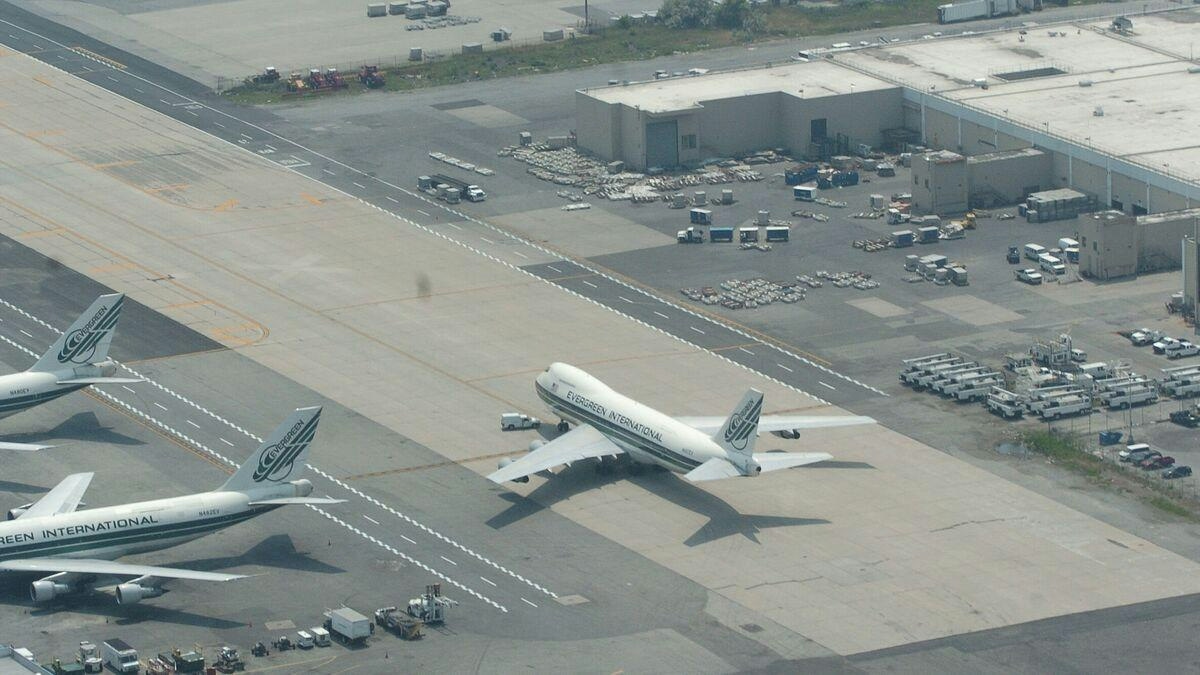
JFK Ground Stop Issued Following Engine Issue on Puerto Rico Flight
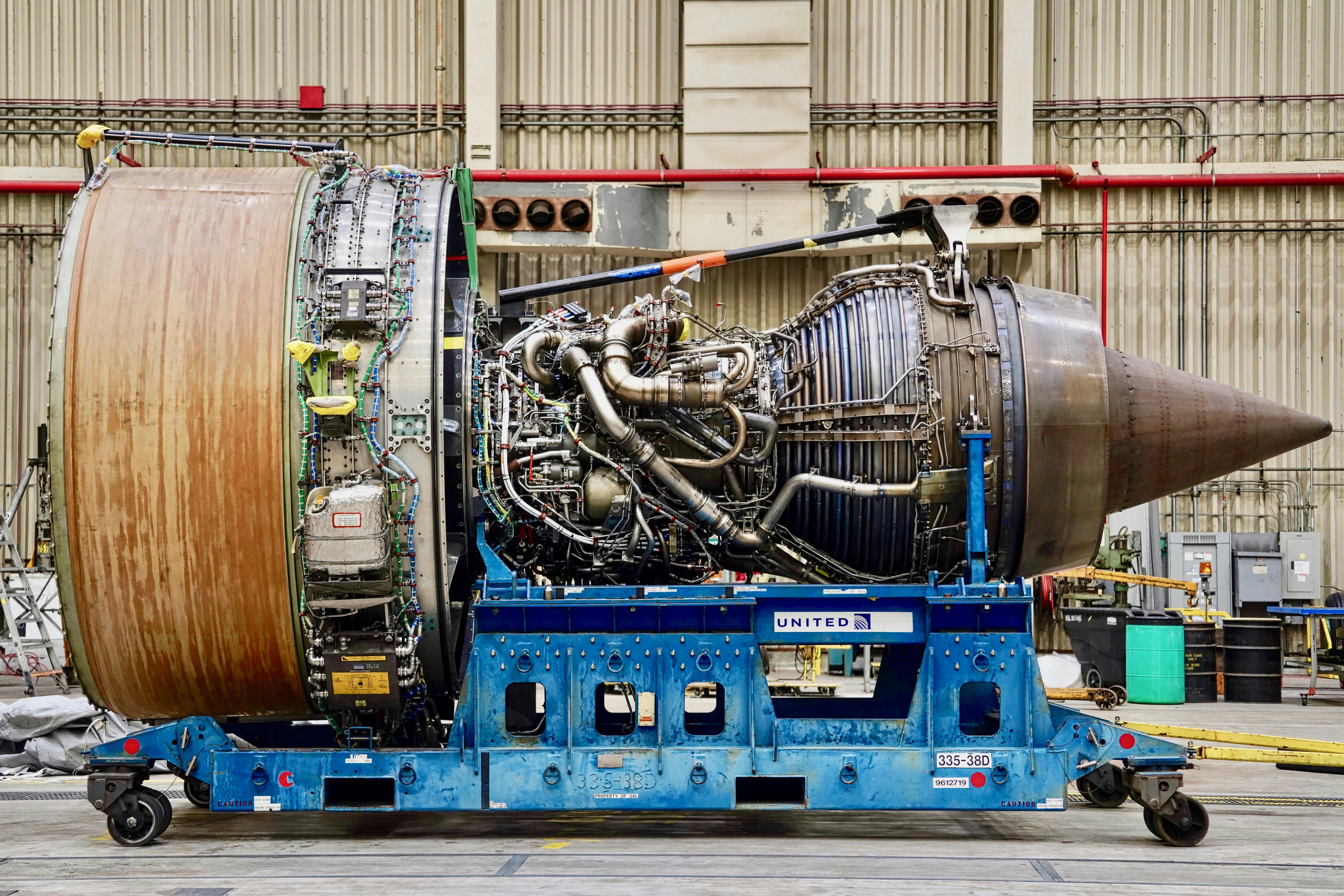
Comparing Rolls-Royce and General Electric Aircraft Engines
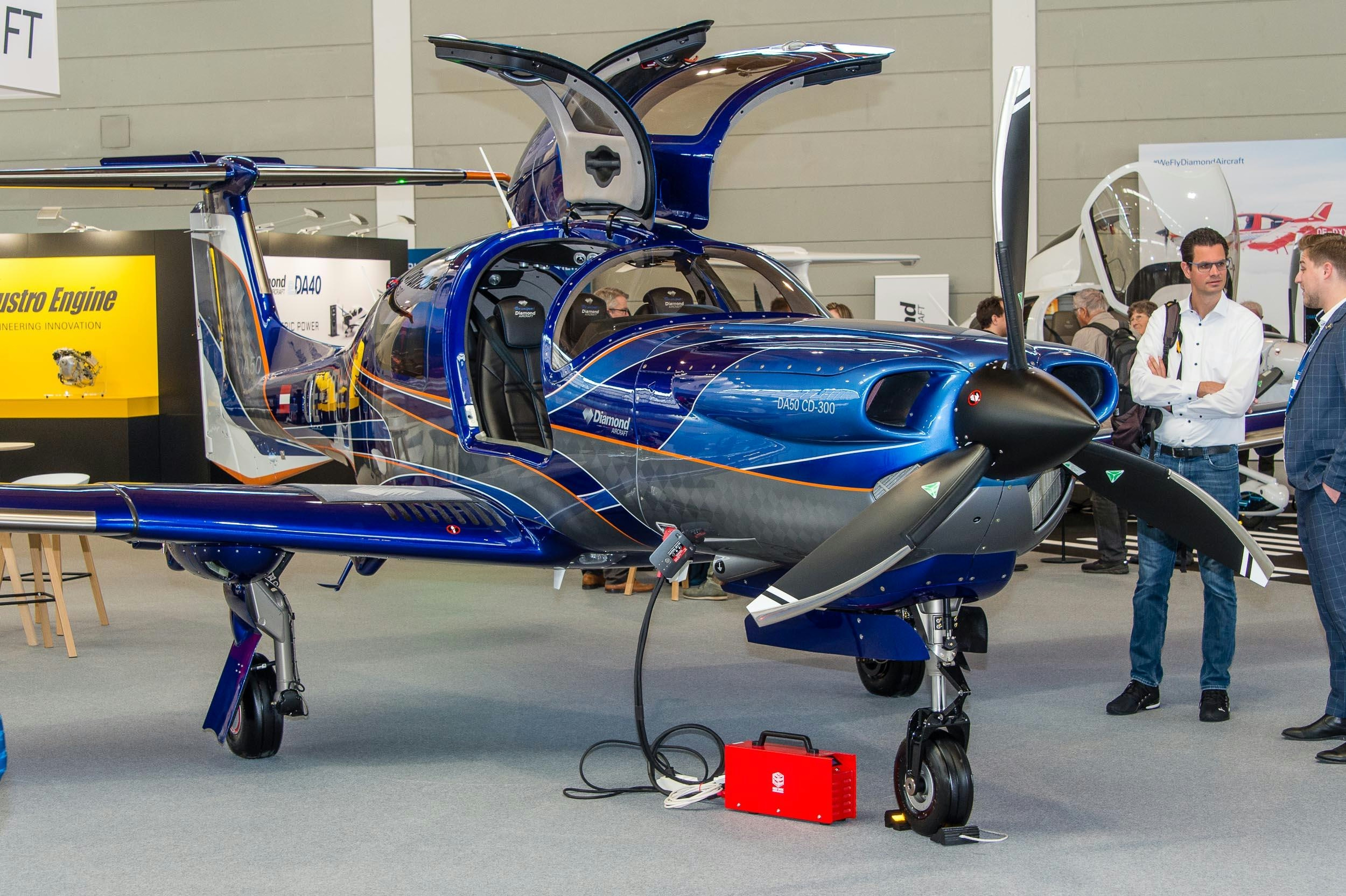
Diamond DA50 RG Receives Transport Canada Certification
